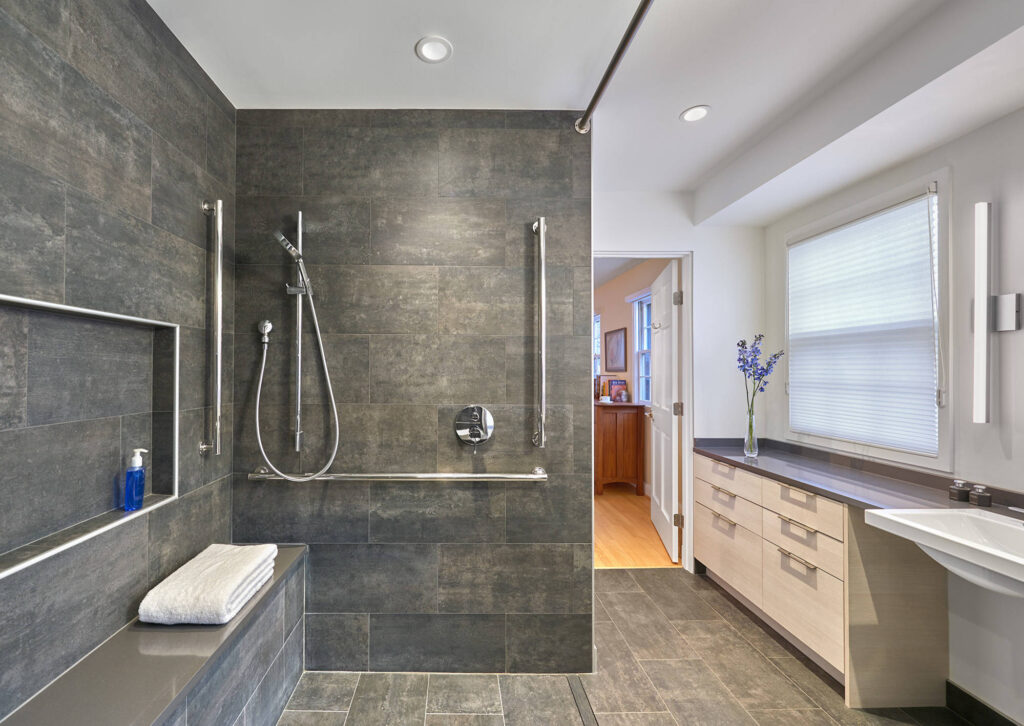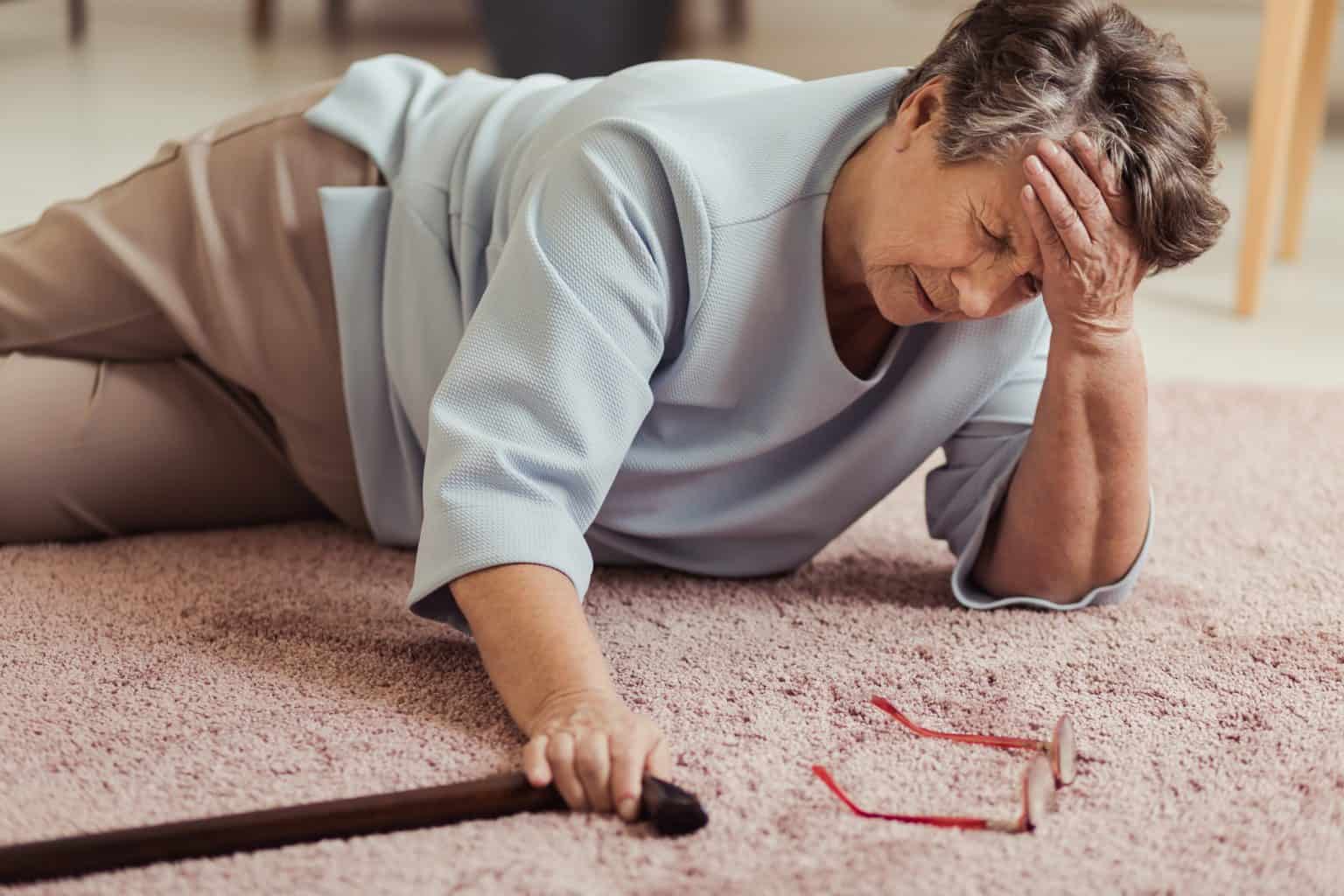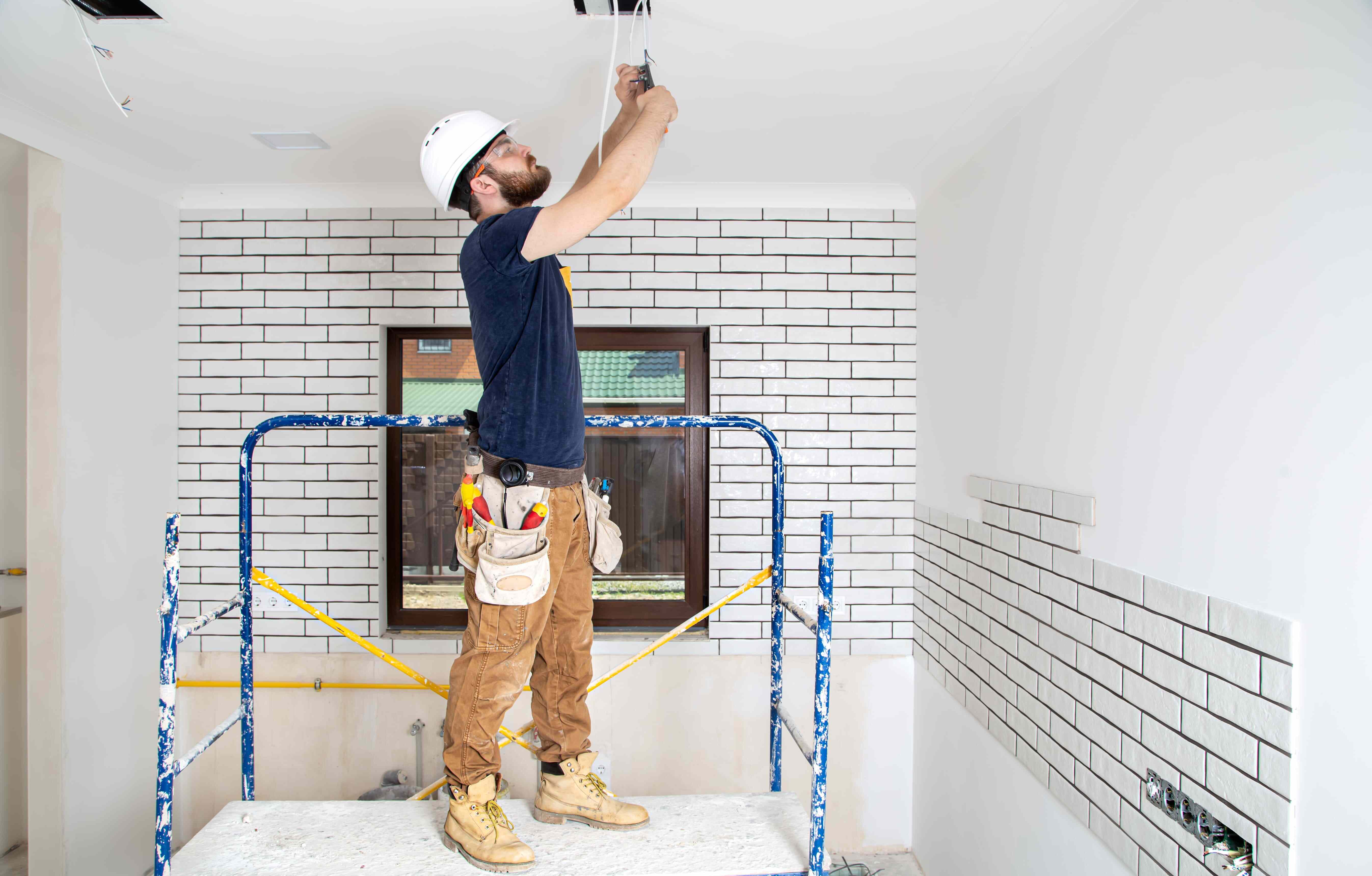1. The Intersection of Design and Longevity: A Melbourne Perspective The narrative of interior design in Melbourne is undergoing a sophisticated transformation, moving away...
Safe & Smart Bathroom Modifications for Elderly Loved Ones
A stylish home isn’t just about designer tiles and sleek vanities – it’s also about creating a space where your elderly loved ones can move safely, comfortably, and confidently. That’s where smart and safe Bathroom Modifications for Elderly come into play. If your current bathroom setup feels outdated or risky, especially for ageing family members, then it’s time to rethink your approach. A well-designed bathroom can be a sanctuary – not a slip-and-trip zone.
In this guide, we’ll break down how to upgrade your bathroom into a safer, smarter space without sacrificing style. Whether it’s grab rails, non-slip tiles, or voice-activated tech, you’ll get practical ideas, local Melbourne tips, and a better way to care for the ones who once cared for you.
Why Traditional Bathrooms Are Dangerous for Seniors
The average bathroom? Not exactly friendly to creaky knees and fading balance.
- Slippery tiles
- Low toilets
- Bathtubs with high walls
- Poor lighting
- Tight spaces
These everyday features become genuine hazards as we age. In fact, over 30% of people aged 65+ fall at least once a year, and many of those falls happen in the bathroom.
So, if Mum or Dad’s still climbing over a tub or fumbling with stiff taps, it’s time for an upgrade.
And let’s face it: none of us want the phone call that starts with, “Your mum’s had a fall.” Prevention is key – and the bathroom is the smartest place to begin.
Must-Have Safety Features for Elderly-Friendly Bathrooms
Transforming a bathroom doesn’t need to cost a fortune – but it does need the right features. Here’s where to start:
1. Grab Rails That Actually Work
Install grab bars next to:
- The toilet
- Inside the shower
- Near the bath or vanity
Look for rails with a non-slip grip and solid wall anchoring. Bonus points if they double as towel holders – style meets function.
And don’t forget height: rails should be positioned at a height that matches your loved one’s comfort. It’s worth getting a professional OT to assess it – a centimetre too high or low can make all the difference.
2. Non-Slip Flooring That Still Looks Chic
Forget those shiny porcelain tiles. Opt for:
- Textured vinyl
- Slip-resistant tiles
- Rubber flooring
Even better? Choose wood-look or natural stone styles that bring warmth without the fall risk. Bonus: they’re much easier to clean and maintain, too.
If you’re doing a DIY upgrade, go for flooring with an R10 or higher slip resistance rating – it’s the gold standard in wet areas.
3. Raised Toilet Seats & Support Frames
Let’s save those knees and hips. A raised toilet seat (or full-height toilet) makes sitting and standing easier. Add a side frame or folding support rail for added safety.
Also, consider soft-close lids and back-support options – these small features reduce the risk of accidents and make daily use more comfortable.
4. Walk-In Showers or Low-Entry Baths
Say goodbye to that step-in bathtub.
- Install a walk-in shower with level access
- Or choose a low-entry bath with a built-in seat and door
Add a hand-held shower head and fold-down shower bench for extra comfort.
For extra safety, install glass screens instead of curtains. Curtains can cling to the skin and cause imbalance, while screens provide stability and visibility.
5. Lever Tapware & Thermostatic Mixers
Old-school twist taps? Hard to grip and even harder on arthritis.
Instead, choose:
- Single-lever mixer taps
- Thermostatic mixers (set max water temps to avoid burns)
These small changes make daily routines feel easy again.
Thermostatic taps also reduce water waste by maintaining a consistent temperature – bonus points for being eco-friendly.
Smarter Bathrooms: Tech That Helps, Not Hurts
We’re not saying Nan needs a robot butler – but smart features can genuinely improve safety and independence.
Simple Upgrades to Consider:
- Motion-sensor lighting – no more stumbling in the dark
- Touchless taps – hands-free and hygienic
- Anti-scald devices – regulate shower temperature automatically
- Voice assistants – set reminders, play music, or call for help
- Fall detection wearables – discreet wristbands that alert carers in case of a tumble
You can also install humidity sensors that activate extraction fans – helpful for preventing mould and slips due to excess moisture.
And for the ultimate tech-savvy setup, consider integrating your bathroom into a home automation system. Voice-controlled mirrors, towel warmers, and even underfloor heating are now possible – and practical.
Design Meets Dignity: Keep It Stylish
Safety doesn’t mean sterile.
Use contrast for visibility – think black rails on light tiles, or timber-look floors with cream walls. And don’t shy away from good design:
- Sleek matte-black grab rails
- Frameless glass shower screens
- Brushed brass lever taps
- Foldaway shower seats in teak or bamboo
Pair these features with accessories that match the decor – non-slip rugs in muted tones, adjustable-height mirrors, and wall-mounted dispensers for ease and elegance.
A well-designed bathroom is one that doesn’t scream “aged care.” It simply feels calm, welcoming, and easy to use – for everyone.
Melbourne-Specific Help: Funding & Local Services
You’re not doing this alone – Melbourne has fantastic resources to help.
Government Programs:
- My Aged Care: Offers Home Care Packages that can cover bathroom mods. Visit the My Aged Care home modifications page for more information.
that can cover bathroom mods. - NDIS: If your loved one is eligible, many upgrades fall under home modifications funding.
- HACC Program: Some councils offer support through the Home and Community Care program.
Professional Support:
Occupational therapists (OTs) can assess the home and recommend tailored solutions. Some even coordinate with certified builders to implement modifications.
Don’t forget your local council – many Melbourne councils offer seniors’ support officers who can provide information, connect you to services, or help with applications.
Trusted Installers:
For a wider list of tailored solutions, including accessible bathrooms, ramps, smart locks and more, check out Home Modifications for Elderly or Disabled. You’ll find real ideas from people who understand what works – and what doesn’t – for elderly Australians.
How Much Do Bathroom Modifications Cost?
Here’s a quick breakdown to help you budget.
| Modification | Estimated Cost (AUD) |
|---|---|
| Grab rail installation | $200 – $400 |
| Walk-in shower conversion | $3,000 – $7,000 |
| Raised toilet installation | $400 – $800 |
| Non-slip flooring | $1,500 – $3,000 |
| Smart tap or motion sensor | $300 – $700 |
| Thermostatic mixer tap | $250 – $600 |
Some costs may be covered or partially reimbursed through aged care funding.
Also consider the long-term value: these upgrades reduce injury risk, which in turn reduces future care costs. It’s an investment in independence.
Building for Tomorrow: The Livable Design Standard
New Australian homes are slowly embracing age-inclusive design. The Livable Housing Design Guidelines recommend features like:
- Hobless (step-free) showers
- Wider doorways
- Wall reinforcement for future grab rail installation
- Easy-access light switches and tapware
These small tweaks make a big difference in aging well at home.
And this isn’t just for your parents – think about your own future. Making a home senior-ready today means less stress and cost later.
If you’re renovating or building new in Melbourne, consider these guidelines upfront – your future self will thank you.
Conclusion: Upgrade with Care and Confidence
The truth is simple: a safe bathroom is a loving gift.
By making just a few well-planned changes – from grab bars to smart lighting – you create a space where your elderly loved one can move confidently, maintain independence, and stay safe.
Better yet? These updates don’t have to scream “aged care facility.” With a little flair and clever planning, you can blend form, function, and style.
So take the first step – book a consultation, grab that tape measure, or simply start a conversation with your family. Because safety isn’t just smart… it’s seriously stylish too.
Make the change today, and give your loved ones the comfort, freedom, and peace of mind they deserve.
Frequently Asked Questions
What are the top bathroom modifications for elderly safety?
The essentials include:
1. Grab bars
2. Non-slip flooring
3. Raised toilet seats
4. Walk-in showers
5. Motion-sensor lighting
Add a shower bench and lever-style taps for even more comfort and security.
Are smart tech features really helpful for Seniors?
Yes! Smart taps, voice assistants, and anti-scald devices reduce risk while making the bathroom easier to use. Many seniors love the convenience once they get used to it.
Can I get financial help for bathroom modifications in Melbourne?
Definitely. My Aged Care, NDIS, and some local council programs offer funding or support. You’ll usually need an OT assessment, but it’s worth the effort.
Who can install these modifications professionally?
Look for experienced trades who specialise in accessible renovations. Always confirm they understand local compliance standards and can work with funding programs. You can also ask for references or examples of past projects – a good provider will be proud to show off their work.





